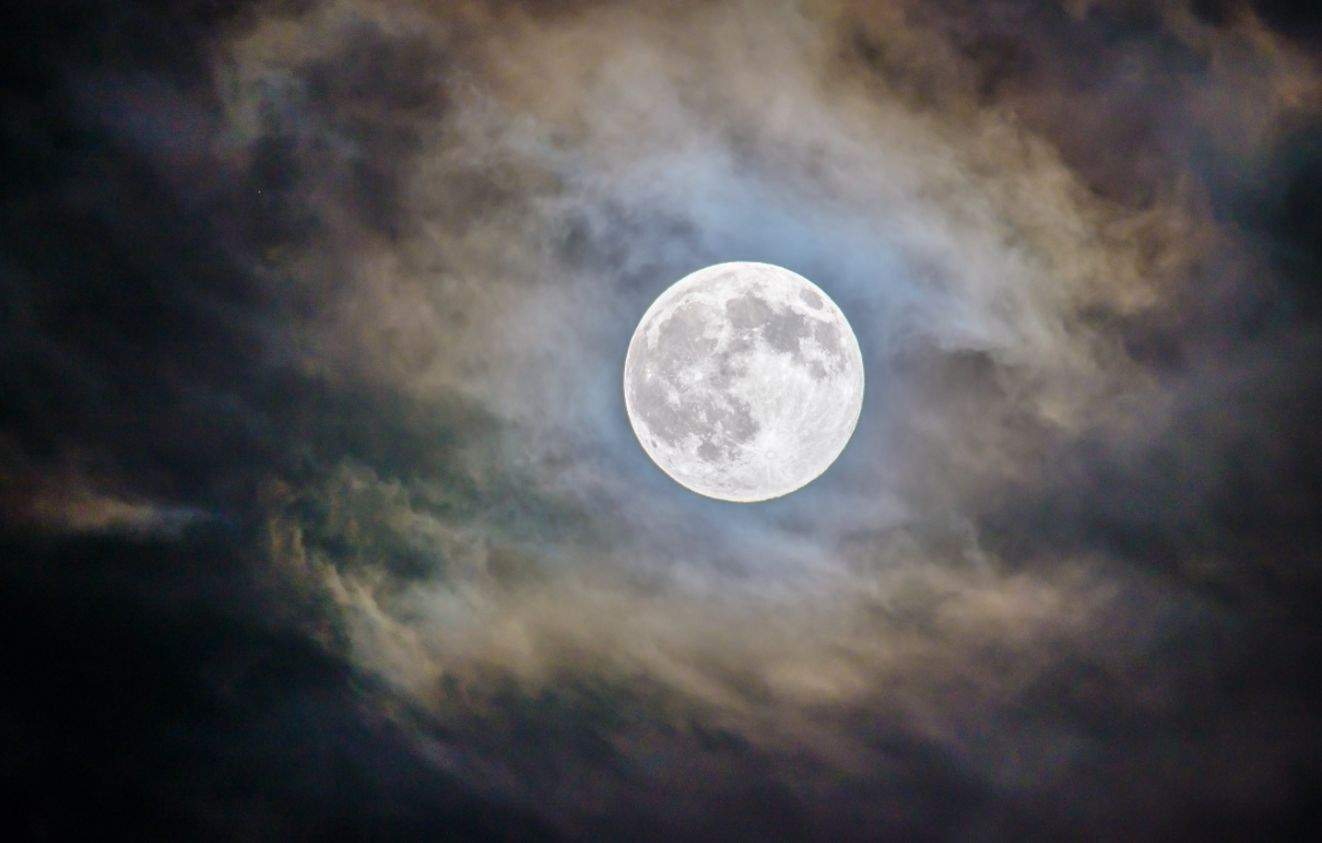A new study of an Apollo sample sheds light on the Moon’s evolution.
Nature Communications published a fresh analysis of a rock sample recovered from the Moon during the Apollo 17 mission. The findings provide new insight into the Moon’s intricate cooling and evolutionary history.
The rock sample troctolite 76535 was retrieved from the Moon’s surface by Apollo 17 astronauts in 1972, and it remains one of the most scientifically valuable samples of the Moon due to its immaculate state.
William Nelson and colleagues used new high-resolution analytical techniques to investigate troctolite 76535. The authors evaluated the phosphorus concentration in the rock and discovered that diffusion patterns maintained in mineral grains were consistent with a quick cooling history of roughly 20 million years at high temperatures.
This conclusion contradicts prior predictions of a cooling duration of 100 million years and supports the early rapid cooling of magmas beneath the lunar crust. The findings show that the Moon’s early evolution and cooling history is more complex than previously imagined, according to the authors.
The research shows how important it is to reexamine previous lunar samples and how quickly new data might change our perceptions of planetary evolution.
Tabb Prissel and Kelsey Prissel underline the need to re-examine previous lunar samples using modern analytical techniques in an accompanying Comment piece.
The authors also present an outlook on current and upcoming lunar sampling missions to help us better comprehend the Moon’s history.
Source: 10.1038/s41467-021-26841-4
You were reading: New study on old Moon rocks says it may have cooled much faster than we thought
